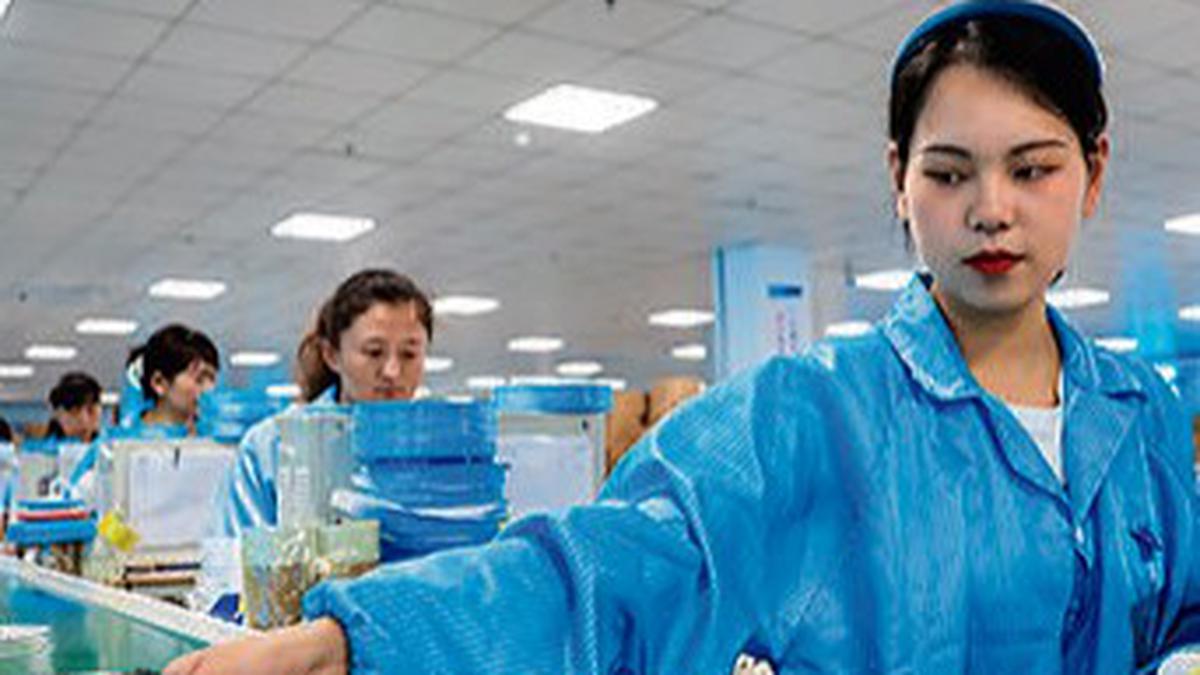Image for representational purposes only.
The story so far: Concluding a grim run of declining sales since the third quarter of 2021, food storage and homeware maker Tupperware on Tuesday (September 17, 2024) filed for Chapter 11 bankruptcy protection at the U.S. Bankruptcy Court for the District of Delaware. Explaining the rationale, President and CEO Laurie Ann Goldman held that the company’s financial position has been “severely impacted by the challenging macroeconomic environment” – referring to the coronavirus pandemic and later the ensuing impact of Russian actions in Ukraine. Therefore, after having explored “numerous strategic options”, she stated, it was the best way forward. “This process is meant to provide us with essential flexibility as we pursue strategic alternatives to support our transformation into a digital-first, technology-led company better positioned to serve our stakeholders,” she said.
What does Chapter 11 bankruptcy entail?
Filing for Chapter 11 bankruptcy does not translate to end of the road for an enterprise. Instead, it translates to what U.S. Courts define as “reorganisation bankruptcy”. The enterprise is mostly allowed to run their business and may, only with court approval, be allowed to borrow further money.
The primary idea is to allow the company time in order to propose a plan of reorganisation and keep their business alive and pay creditors over time.
Proceedings commence with the bankrupt applicant proposing a plan for reorganisation. Creditors whose rights may be affected are asked to vote on the plan. Thereby, the plan is confirmed by the courts if it gets the required votes and satisfies legal requirements. However, should the proceedings not find conclusive ends, the case is either dismissed or converted to Chapter 7 liquidation proceedings.
What is potentially at the centre of Tupperware’s grim run?
The serve-ware and homeware products maker has historically been reliant on its direct- selling model. Now, this is centred around freelance agents selling Tupperware products to consumers on a commission basis. However, as held by the Chief Restructuring Officer of Tupperware Brands in the court declaration, the growth slowed as “few newer market opportunities presented”. More pertinent to note, the over-reliance often came at the cost of developing an omnichannel strategy and a modern e-commerce infrastructure. The two were of particular importance considering the Chief Restructuring Officer’s observation about shifts in consumer behaviour, that is, with the advent on online shopping and increased retail convenience. To put things into perspective, 4% of homeware sales in the overall industry are derived from direct selling. However, Tupperware derived 90% of its sales through this channel, the Officer held.
The two focus points have been largely absent from Tupperware’s distribution as well as marketing strategy. The latter is another realm where the Florida-headquartered has relied immensely on their freelance representatives. The declaration held that the company has “historically had very limited coordinated, formal marketing (particularly online)”. For perspective, the company’s digital advertising spend has been less than 1%.
How did macro factors contribute?
Tupperware’s distribution model was massively impacted at the onset of the coronavirus pandemic because of lockdowns and curtailed scope for interactions. The plastic storage maker however received a short-lived encouragement starting the third quarter of FY 2020 when sales went up 14% on a year-over-year basis owing to increased demand for safe food storage products from home-bound consumers cooking at home.
The momentum however flipped again in third quarter of 2021 and sales continued to decline ever since.
In fact, in 2020, Tupperware heralded on a ‘Turnaround Plan’ contemplating a shift from a distribution push strategy to creating more demand for its products, expansion into new product categories and expanding their product line-up. However, the then-ongoing pandemic and liquidity constraints- exacerbated by rising interest rates – limited the company’s ability to respond, “as comprehensively as the circumstances warrant”.
Even as the coronavirus pandemic continued to have an impact, particularly in China which was experiencing severe lockdowns, Russia’s actions in Ukraine (February 2022) further dampened their prospects. Discretionary spending took a hit in the region as potential consumers diverted their money elsewhere because of inflation and rising energy prices.
Post the pandemic, increased costs for transportation of a crucial raw material, plastic resin, also had a role to play with respect to pricing their products in a tight global economy.
What next?
As previously stated, Chapter 11 proceedings do not necessarily mean the end of the road for companies. In the past, several giants including General Motors and Marvel Entertainment, among others, have successfully emerged out of Chapter 11 protection.
Tupperware stated that it would firstly seek approval to continue operating during the proceedings through its sale consultants, retail partners and online. More importantly however, the company informed about its desire to seek Court approval for facilitating a sale process to protect the brand and “advance Tupperware’s transformation into a digital-first, technology-led company.”
Published – September 19, 2024 09:18 am IST














